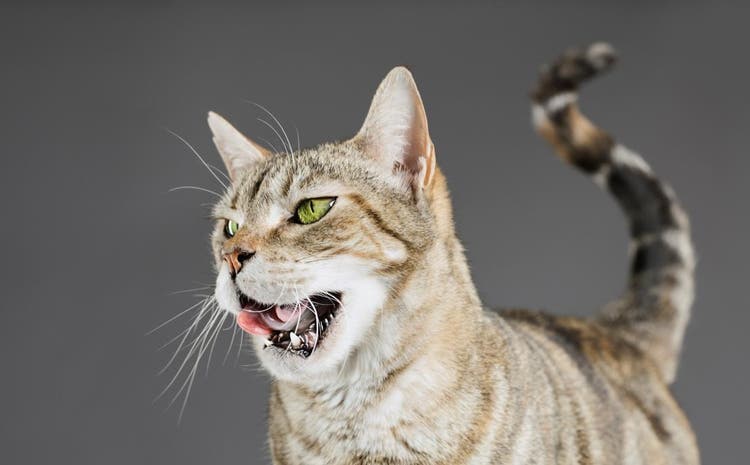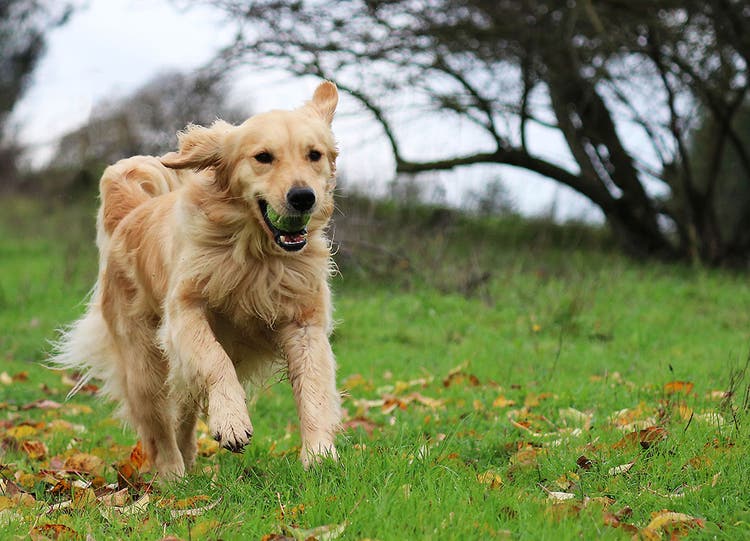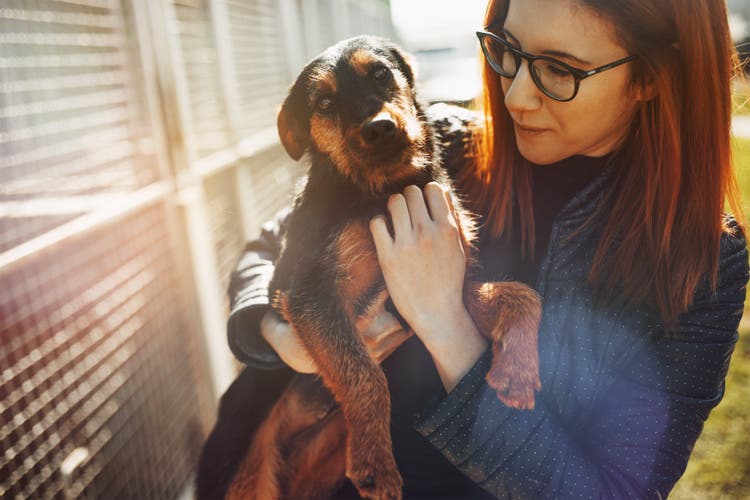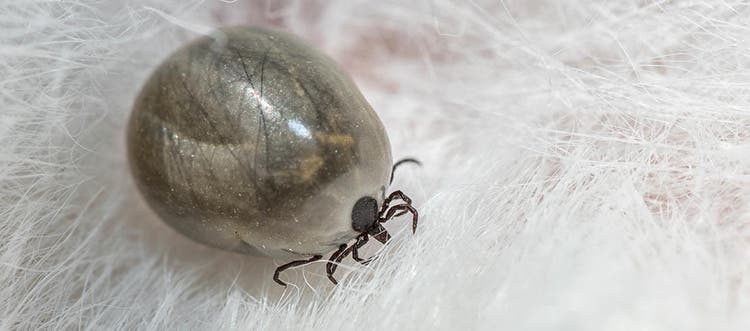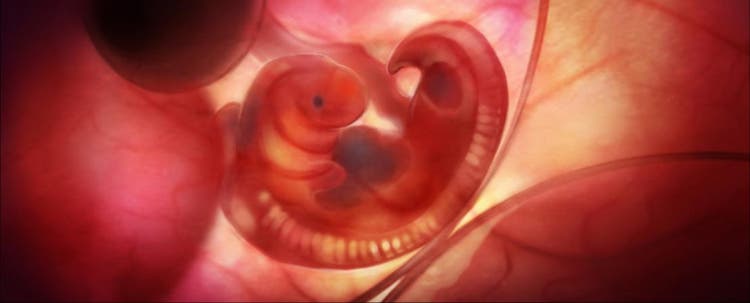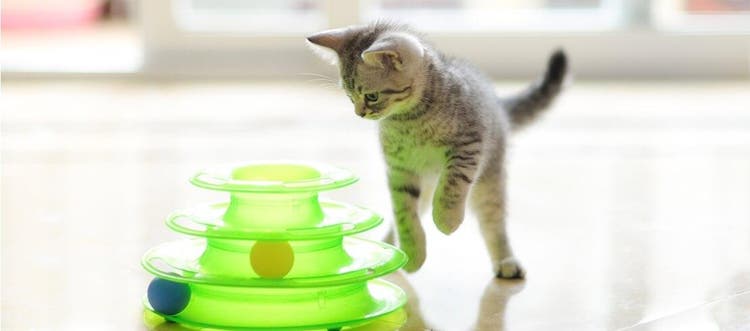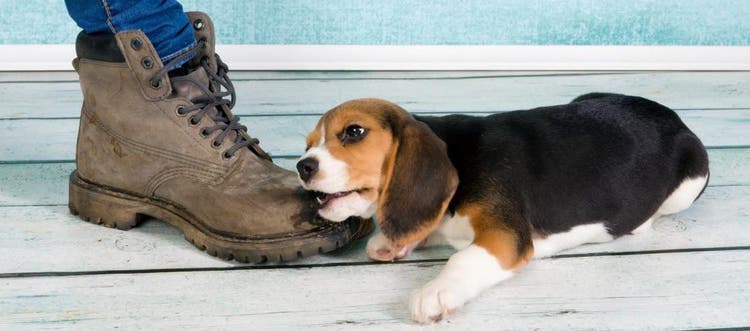Fleas aren’t just irritating to your pet – they can also transmit diseases. What you don’t know about fleas could harm your pet. Learn all the facts about these nasty parasites and the best ways to get rid of them, for good!
What does a flea look like?
Fleas are a few millimeters long and wingless, but they have back legs that are modified for jumping. These persistent little parasites can jump up to 30 cm high, which allows them to jump from the ground and onto pets with ease. Fleas are small (about 3 mm long), brown or reddish-brown insects that have flat bodies and feed by sucking blood from animals and humans, causing itchy bites. Although fleas are tiny, they can make your pet’s life miserable. In Canada, flea populations usually peak in the summer and fall seasons, but warm temperatures and high moisture can generate an ideal environment for fleas year-round. Fleas lay eggs which roll off the pet and into the home.
What does a flea bite look like?
Discovering a flea on your pet is a horrifying experience. And, yes, even the best-groomed pet can get them!
Here are some signs you might look for to determine if your pet has fleas:
- Little dark spots that move in the fur
- Small black particles (flea droppings) or white specks (flea eggs) on your pet or bedding
- Pet or family members have itchy, small bites, particularly on ankles
- Reddened patches and irritation on your pet’s skin
- Excessive licking or scratching
- Hair loss
If you are not sure you have a flea problem, use a flea comb on your pet’s back, tail and haunches. The flea comb may catch fleas or flea dirt (feces). To distinguish flea dirt from other dirt, wet it with a little water. Flea dirt will dissolve into a reddish-brown colour (it’s actually dried blood).
Keep in mind that you might not actually see fleas on your pet. Pets may groom away fleas, or the fleas may move too quickly for you to be able to see them when you look through your pet’s fur.
How do I know if I have fleas in my home?
You only need to bring one flea inside your home to start an infestation. One female flea can produce enough eggs to create a real problem. Fleas live on wildlife like squirrels, rabbits and racoons, as well as cats and dogs. When your pet is outdoors, fleas from the eggs left behind by other animals can jump on your pet. Your pet doesn’t even need to be near another animal to be infected. Once on your pet, fleas feed on their blood and start laying eggs. A single female flea can create a serious infestation in just a couple of months. As your pet runs and plays around the house, they drop flea eggs onto floors and furniture, creating an infestation. Wherever your pet goes, flea eggs go too.
How to get rid of a flea infestation?
The best solution to a flea infestation is to prevent one in the first place by using a monthly flea treatment. Advantage®II flea treatment is safe for puppies and kittens, as well as cats and dogs. Advantage®II is approved for puppies 7 weeks of age and older and cats 8 weeks of age and older.
What does a flea look like and what is the flea lifecycle?
There are four stages in the lifecycle of a flea. Understanding the four stages of the flea life cycle can help you treat a flea infestation and prevent new infestations in the future.
- Eggs. Adult fleas lay eggs on pets and they fall into the home environment as pets move around the home. Flea eggs are very small and white. A single female flea can lay up to 50 eggs in just one day. Eggs are light and fall off the pet, so they are quickly and easily distributed throughout the home.
- Larvae. After 2-10 days, the eggs become larvae that feed on feces from adult fleas as well as dead flea larvae. Larvae move away from light and burrow deep into carpets, upholstery, cracks in hardwood floors and even under baseboards. This stage lasts about 5-11 days.
- Pupae. The larvae create a pupa or cocoon. Inside the pupa, the larvae take 1-3 weeks to mature into an adult. The fully formed flea will then remain in the pupa until a food source (pet) is detected nearby. They can wait in that state for up to 6 months and only hatch when triggered by heat and vibrations that indicate that a host is near.
- Adults. Young adults emerge from cocoons when conditions are favourable and begin feeding within seconds of finding a host. Once fleas start feeding, they continue to feed regularly and are dependent on their host. Fleas removed from the pet, without access to blood, will usually die within 4 days. As fleas need a constant food supply, fleas multiply faster by infesting an environment than by movement between animals.
Flea life cycle
The entire flea life cycle takes approximately 21 days, but it varies depending on temperature and moisture conditions of the environment (warm and moist are optimal for flea development).
To most effectively eliminate a flea infestation, you have to disrupt their life cycle. Advantage®II kills adult fleas, eggs and larvae. It also prevents immature fleas from developing into new adults. Some other flea products are systemic, which means they are carried in the pet’s bloodstream and only work when fleas bite and consume blood. Advantage®II, however, spreads on your pet’s fur, killing fleas through contact, so fleas don’t have to bite your pet to die.
Fleas are very hardy and persistent parasites, so it’s essential to treat and prevent multiple stages of the life cycle to stop infestations and prevent new ones. Used on a regular monthly basis, Advantage®II effectively prevents fleas infesting your pet and your home.

Advantage®II for Cats & Dogs
Advantage®II is a fast-acting flea treatment for cats, dogs, rabbits and ferrets
